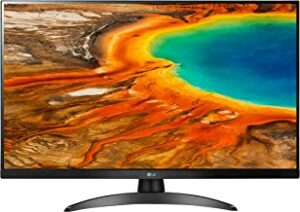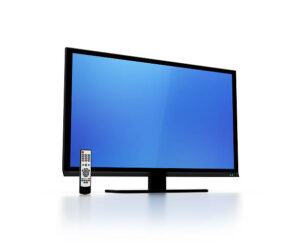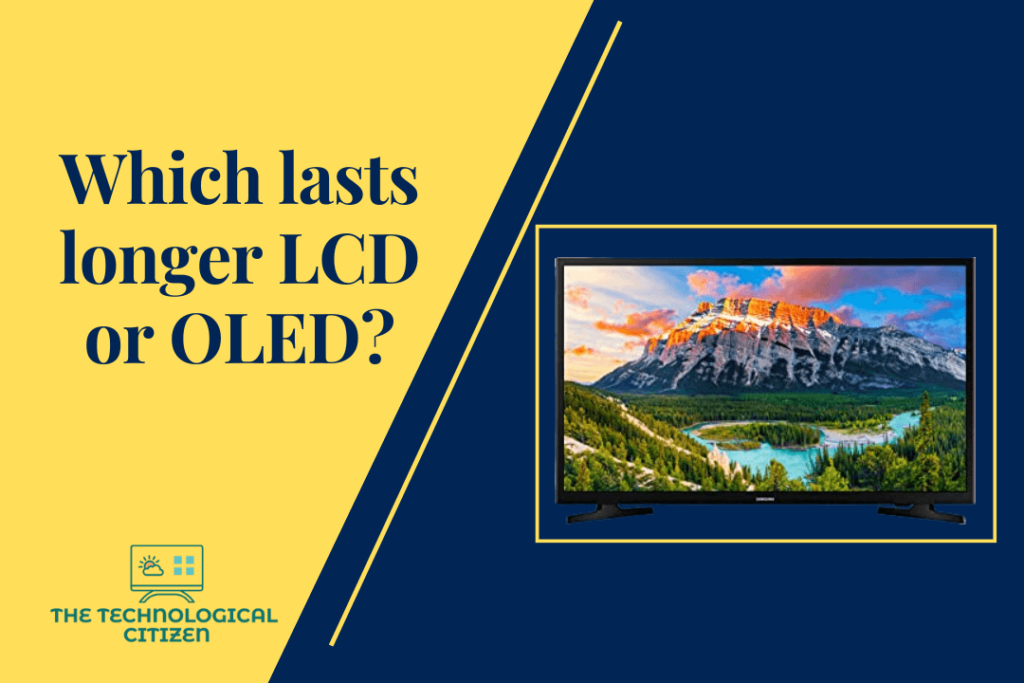If you are designing display applications or deciding what kind of Television to get, you will probably need to choose between the display type LCD or OLED. LCDs and OLEDs have different strengths & weaknesses that need to be considered while choosing the perfect one for a specific application.
What are the differences between LCD and OLED displays?
The difference between OLEDs and LCDs is about how the pictures are produced. OLED displays generate pictures by applying electricity over organic materials that are inside the display. LCDs use liquid crystals which produce images while light gets passed through the screen of the display. On an OLED, there’s no backlight. Every pixel gets its illumination. On LCDs, the pixels get illuminated by backlights. These technological approaches impact other features like price, image burn-in, black levels, lifespan, viewing angles, brightness, contrast, and so on.
Things to consider
Everything from the budget and the environment in which the display will be, to the required durability and lighting conditions will play a role in the decision of choosing an LCD or OLED screen. You will have to measure the pros & cons of every display type for determining which one is perfect for your application.

Which lasts longer LCD or OLED?
LCD screens are there on the market for much longer than OLED screens. So, there’s more data for supporting their longevity of them. On average, LCD screens can perform 2500 days or 60000 hours of operation.
You can expect approximately seven years of good and consistent performance with most LCDs. Some dimming of the backlight can be there. But that is not very significant to the display quality.
OLEDs are a comparatively newer technology. That makes it a bit hard to review fully among the other screens in the display market. Not only does this OLED technology is continuing to improve rapidly but, there also has not been enough time for us to thoroughly observe their performance of them.
The OLEDs of the current day are made to perform consistently for almost 100,000 hours while maintained properly. That is ten hours each day for ten years.
The users must also consider the vulnerability to the burn-in of images of OLED displays. These displays use organic material which can leave one permanent afterimage on its display if static images are displayed for a long period.

So, depending on how the OLED is used, it can affect the lifespan of the OLED greatly. An OLED that is used for showing static images for too long won’t have the same kind of longevity as one displaying constantly moving and dynamic images.
Overall, there isn’t a clear winner yet when it is to the lifespans between OLED and LCDs. Each one has advantages that depend upon its use cases. It is a tie.

